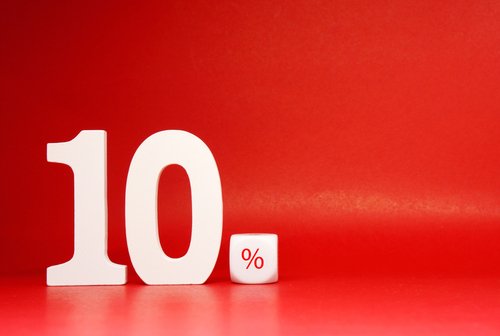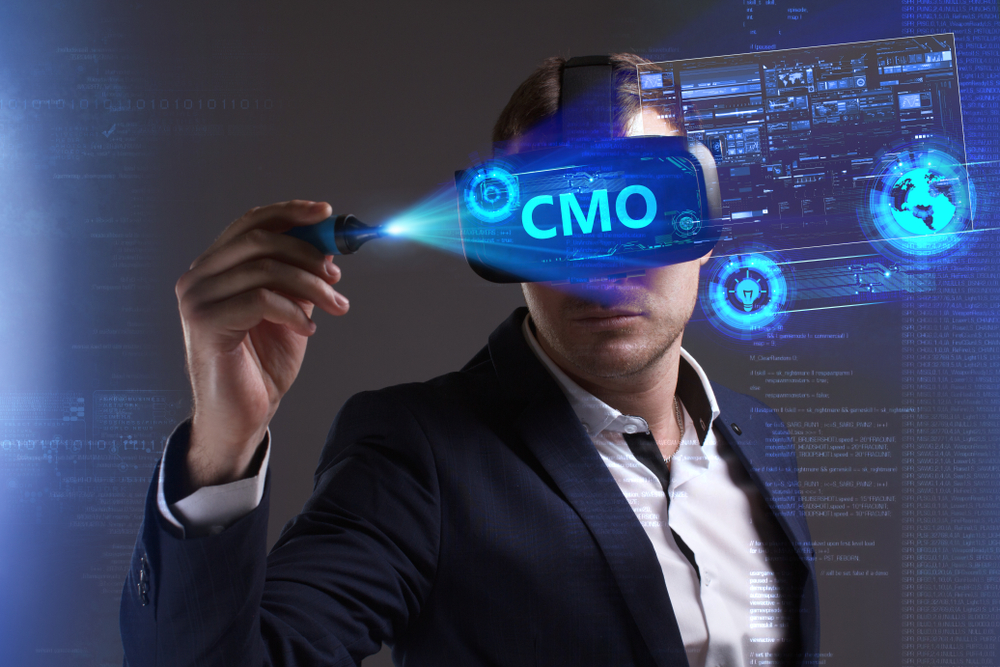The new normal is passé. Today, we’re living in a world we couldn’t have imagined 16 months ago. It’s no surprise that every strategist is urging us to ‘re-imagine.’ We need to reimagine our lives, purpose, businesses, beliefs, relationships—the list goes on. Values are the one constant we can rely on, as long as they’re the right ones! Life, and consequently everything else, has become fragile. In business, threats emerge daily, but so do opportunities, underscoring the importance of effective change management. It is unclear how new disruptions will impact business. The relative ease with which consumers have adapted to the changes highlights the urgency for all businesses to better prepare for future turbulence. An organisations ability to deal with this uncertainty will shape their future. I like to demystify, things. I like to jump, not just push the boundaries. Let’s get on with the business of dealing with the new abnormal.
Don’t Get Delusional About Disruption: Master Change Management to Deal with It
Organisations will need to build flexible processes and structures that allow them to change course when the challenge or opportunity arises. In my experience a lot of large businesses and legacy businesses have been slow on the uptake and not without reason. In the past, the pace of change has been slow. Not anymore. Society has undergone monumental changes in the last 16 months, the full consequences of which are yet to unfold. The ability to deal with an always existing set of unknowns will separate the winners from the losers. It is an art and a science, both. It requires deep understanding of the economy, industry, business, customer preferences and an ability to deal with the intangibles.
Address the Elephant in the Room, NOW.
Many large organisations have historically avoided change or, to give it a positive spin, have been slow in upgrading their technology prowess. This happened due to complacency, internal resistance, lack of skills, or lack of finances. In today’s world, it is pretty obvious that they completely misread the consumer’s adaptability. Any business that doesn’t offer a full digital service channel is now at risk. It is indeed unfortunate that major organisational change is almost always a direct result of a leadership change. Leaders will have to embrace change management principles to break this track record and drive transformation quickly. The time to carry out forward-looking changes that will challenge the status quo is now.
Move from Classical Planning to Dynamic Planning.
You can’t respond to a problem until you know it exists. You can’t recognize an opportunity until you are willing to discover. Most organizations have a strategy planning system in place, but over the years, it often gets reduced to an annual budgeting exercise. I have seen this happen in some of the largest companies in India. This is a recipe for disaster. A robotic approach to an uncertain and dynamic situation will only yield disastrous results. Effective change management requires a planning process with ample room for maneuverability. Challenges and opportunities don’t knock when budget cycles create an opening! Organizations and leaders will need to adopt agile change management strategies to stay responsive and resilient.
Don’t Press the Refresh Button. Press the Renew Button.
Shifting sands and time are real. Be ready to press Ctrl-Shift-Enter and start a new chapter.
Incremental changes if they work out well, will be just that – incremental. Policies and actions that refresh and rejuvenate are good but have limited impact. Renew, is the need of the hour. It will require both courage and conviction of the highest order. One business facing significant uncertainty is the Automotive industry. How do they go about formulating a new business model to capture value — should they continue operating as an OEM only or expand into mobility as a service, short-term leasing, fleet management, or other services. Should they break the current brand image and strive to build an image which will be relevant tomorrow? Should they focus on EVs and technology first products or should they focus on value and durability? There are no easy answers. But then, this is the question paper for today!
One Eye on the Windshield, the Other on the Rearview Mirror.
The future is a moving target, organisations will have to anticipate multiple scenarios, some based on their past experiences and many based on how things will change in the future. It will require an ability to draw lessons and inferences from the past to predict a very uncertain future but that’s the best bet. At the same time, it will also require a completely fresh perspective. It is as much about rapid innovation and experimentation as it is about organisational experience maturity. The ability to marry the two and the ability to live with this dichotomy will help organisations navigate their path to success.
Resilience Can Be Overrated in Change Management: Embrace Agility Instead
Resilience is no longer a static quality. It’s not about waiting out the storm. It is about riding in the eye of the storm. In today’s world, resilience has taken a new dimension. In the context of change management, it means the ability to change course quickly, be nimble, and be agile. The ability to absorb shock is a good trait to have, but organizations need to develop the habit of pleasantly shocking their customers and the market to thrive in the future.
Stay Connected. Stay Rooted.
There is too much noise. There are too many expectations. Leaders need to focus on the core. The core starts with being connected. Connected to your business, connected to your customers, connected to your employees, connected to your partners, and most importantly connected to reality. When organizations have leaders with high integrity, values, and a belief system, they are more likely to succeed in effective change management, everything else being the same.
Some of the points that I have made above may seem repetitive at first glance but once you try to understand the nuances a clearer picture will emerge. Businesses need a nuanced and multi-dimensional approach to be successful in today’s time. The new abnormal is here to stay. The skill sets required to lead in the future will have to be built today.










